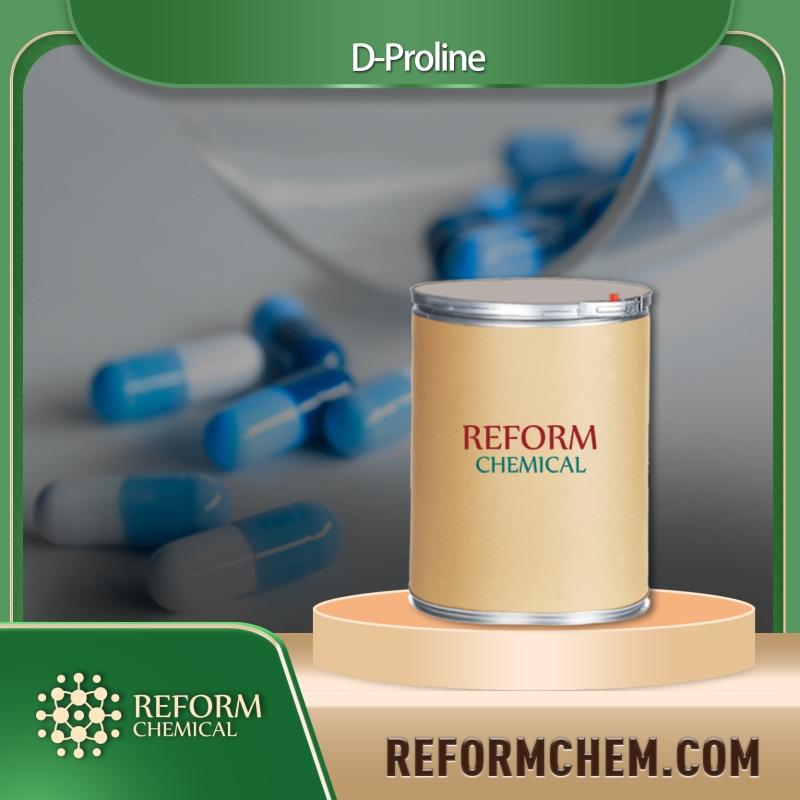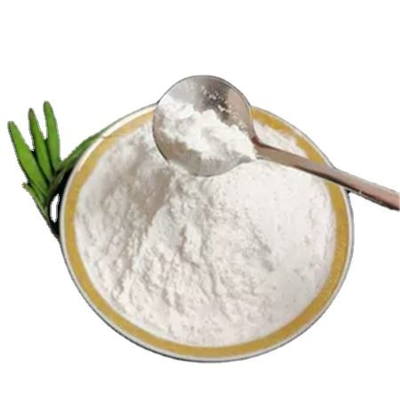-
Categories
-
Pharmaceutical Intermediates
-
Active Pharmaceutical Ingredients
-
Food Additives
- Industrial Coatings
- Agrochemicals
- Dyes and Pigments
- Surfactant
- Flavors and Fragrances
- Chemical Reagents
- Catalyst and Auxiliary
- Natural Products
- Inorganic Chemistry
-
Organic Chemistry
-
Biochemical Engineering
- Analytical Chemistry
-
Cosmetic Ingredient
- Water Treatment Chemical
-
Pharmaceutical Intermediates
Promotion
ECHEMI Mall
Wholesale
Weekly Price
Exhibition
News
-
Trade Service
On November 24, ADM, a global leader in nutrition and a partner of the world's top consumer brands, unveiled five food and beverage trends
that will impact changes in the way consumers eat in the coming year.
Based on an in-depth study of ADM's proprietary ExteriorVoiceSM consumer insights platform, the report analyzes the trends
that will emerge over the next 12 months.
Each trend has been strongly influenced by behavioural and social changes that have emerged since the outbreak of COVID-19, including increased anxiety and stress, shifts in priorities, changes in social connections, and a more holistic approach to
health.
"The global health crisis has changed consumer preferences in new and unexpected ways," said
Vince Macciocchi, president of ADM's nutrition division.
"We are seeing a rising
consumer demand for food and beverages to support the immune system, improve mood and reduce environmental impact, driven by increasing tension.
This presents a unique opportunity
for brands to develop disruptive and innovative products that change the way consumers eat.
The coming year will be marked by a major breakthrough in nutrition, a year
of great innovation.
"The coming year will be a year of significant change and innovation for the food and beverage industry in the Asia-Pacific region," said Liu Yuxiang, President of ADM Asia Pacific, "Driven by the global health crisis and sustainability trends, consumers are looking for products that contain naturally beneficial ingredients
that have a healthier and more positive impact on the environment.
" As consumers increasingly look for products that meet these expectations, and the demand for plant-based proteins in their diets becomes stronger, we will see greater
transparency in label information.
This will be a dynamic market and we look forward to helping our customers meet the challenges and opportunities
of the future.
" Thefive trends that inspire innovation in the new year include:1.
The
ADM study found that 31% of consumers are buying more products tailored to their health, and 50% say they prefer foods and beverages that contain naturally beneficial ingredients1
.
The desire to impact health through food and drink is creating new opportunities for nutrient-rich products with functional health benefits designed to support the immune system, boost mood and maintain energy
.
Sensory factors such as flavor and color are also playing an important role
.
Consumers are being attracted to brightly colored, exciting foods and beverages, such as those with citrus flavors, natural vitamin C, and familiar, nostalgic flavors during stressful times
.
More
than two-thirds (65%) of consumers want a positive impact on the environment through their daily actions3, which is the main reason why 32% of consumers buy sustainably produced products4
。 Growing awareness of their shared impact on the environment is driving more and more merchants to live up to their commitment to sustainability, not just end products, but also responsible sourcing and operating standards
.
For example, dedicated feeds that reduce methane emissions from livestock can help meet consumer interest
in more eco-friendly protein sources.
New agricultural practices, such as regenerative agriculture, are being used to fertilize soil, reduce carbon emissions, and improve the water cycle
.
Renewable plant materials such as corn starch and even seaweed appear in consumer product packaging to reduce landfill
.
3.
The gut microbiome is the gatewayto health About 25% of consumers worldwide suffer from digestive health problems2
.
Of these, 50% of consumers claim that digestive health issues have a moderate or serious impact on their overall health2
.
The pandemic has accelerated consumer interest in a more holistic approach to wellness, which includes a deeper understanding of the fundamental role
of the gut microbiome in everyone's health.
Products targeting the microbiome have been shown to help address specific metabolic conditions and issues such as weight management, immune system support, and better emotional well-being
.
This provides fertile ground for food and beverage innovation, such as functional solutions such as prebiotics, probiotics and post-prebiotics
that support the function of the microbiome.
4.
Plant-based foods are not limited to HamburgGlobally, 56% of vegetarian consumers are trying to eat more plant-based foods and beverages, which is driving plant-based proteins to become an increasingly mainstream phenomenon1
.
The demand for plant-based protein products is expanding rapidly, not only for hamburger-based products, but also for plant-based seafood such as shellfish and shrimp, and novelty products such as plant-based cheese and ready-to-eat protein snacks
.
Meat alternatives are evolving
as new technologies such as 3D printing and protein fermentation play a role in driving innovation.
New plant-based meats include steak, chicken breast, luncheon, bacon and other full muscle products
.
Dairy alternatives were an early leader in plant nutrient-based fields, and now it is gradually expanding into other forms, including products such as yogurt, ice cream, butter, sauces and creams
.
To stand out in the dairy market, products must provide more protein than traditional dairy products and have nutrition labels that fortify functional ingredients such as vitamins and minerals or probiotics
.
5.
Transparency Builds Consumer TrustCurrently, consumers expect food labels to provide greater transparency
throughout the life cycle of a product.
Along with consumers wanting to have a clearer understanding of where ingredients in food and beverages come from, this helps drive demand for local products
.
In fact, 26% of global consumers look for origin on food and beverage labels5
.
Consumers' quest for clean ingredients extends to flavor and color, and many are looking for natural alternatives, whether it's elderberry berries that give products a rich blue hue or mint
that cools food and drinks.
As consumers seek natural ways to reduce their sugar intake, sweeteners such as monk fruit steary and steviol glycosides will become increasingly popular
.
The COVID-19 pandemic has completely changed the way consumers think about the world, affecting the way
people eat and communicate.
As these nutritional trends flourish in 2021 and beyond, ADM is positioned to provide customers with innovative solutions to meet their needs
in an ever-changing market.







